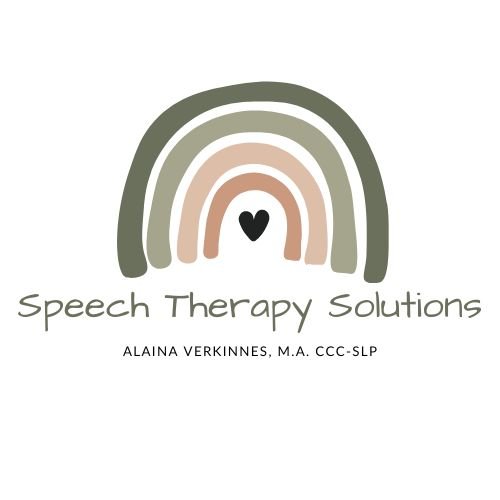Is Your Child a Gestalt Language Processor? A Helpful Guide for Parents
**Understanding Gestalt Language Processing: A Guide for Parents**
As parents, you may notice that your child develops language in a way that seems different from other children. Some kids follow a unique path called **gestalt language processing** when learning to communicate. This style of language development is less commonly talked about, but it's important to understand so that you can better support your child.
### What is Gestalt Language Processing?
Gestalt language processing is when a child learns language by picking up and repeating entire phrases or sentences, rather than learning single words and combining them later. These phrases are often repeated from things they've heard in their environment, like TV shows, conversations, or books. This repetition is called **echolalia**.
For example, instead of learning the words "I want" and "cookie" separately, a child with gestalt language processing might say, "I want a cookie" as one whole phrase. Over time, they will begin to break down these chunks and use individual words more flexibly.
Many children who use this method of language learning are on the autism spectrum, but others may follow this pattern too. While echolalia might seem like just repeating, it's actually an important step for these children as they begin to understand and use language.
### How is Gestalt Language Processing Different from Typical Language Development?
In typical language development (called **analytical language processing**), children start by learning individual words and gradually build up to sentences. For example, a child might first learn to say "ball," then later combine it with other words like "throw ball."
In contrast, **gestalt language processors** learn in larger chunks of language. They might memorize and repeat whole sentences before breaking them down into smaller pieces. Both styles of learning are normal, but they need different approaches to help children move forward.
### Stages of Gestalt Language Development
Understanding the stages of gestalt language development can help you know what to expect and how to support your child. Here are the general stages:
1. **Echolalia (Repeating phrases)** – Your child may repeat whole phrases or sentences they've heard, such as lines from a TV show or something they've heard at home. These phrases may not always fit the situation but are important for their learning.
2. **Modified phrases** – Over time, your child may start changing parts of the phrases they’ve memorized. They might switch out a word or slightly adjust the phrase, though much of the language is still based on what they've heard before.
3. **Breaking down language** – As your child progresses, they begin to break down those chunks of language into smaller, more meaningful parts. They may start combining words from different phrases and use them in more flexible ways.
4. **Spontaneous language** – In this final stage, your child uses language more freely and spontaneously. They can create their own sentences and express themselves more naturally.
### How Can I Support My Child’s Language Development?
If your child is a gestalt language processor, there are many ways you can support their language journey at home. Here are some tips:
1. **Embrace echolalia** – Rather than discouraging your child from repeating phrases, recognize that this is how they are learning. You can build on what they say by modeling similar phrases that are more suited to the situation.
2. **Provide useful phrases (scripts)** – Help your child learn useful scripts they can use in everyday life. For example, teaching them to say “I need help” or “Let’s go outside” gives them phrases they can use across different situations.
3. **Break down phrases** – As your child becomes more comfortable with language, help them break down their phrases into smaller parts. If they often say “I want a cookie, please,” you can use that same structure in new ways, like “I want a toy” or “I want juice.” This helps them learn how to build sentences on their own.
4. **Encourage flexibility** – Once your child starts combining words from different phrases, encourage them to use language in new ways. Ask open-ended questions, or role-play different situations to help them practice using words more creatively.
5. **Focus on understanding** – Sometimes, children who process language in chunks don’t always understand the full meaning of the phrases they’re repeating. Use visuals, gestures, or simple explanations to help your child understand what the words they’re using mean.
### Final Thoughts
Every child learns language differently, and gestalt language processing is just one of those unique ways. If your child is a gestalt language processor, remember that this is a natural way for them to develop their communication skills. By supporting them with patience, understanding, and the right tools, you can help your child move through each stage and become a more confident communicator.
Understanding this language learning style can make a huge difference, and as parents, you play a key role in guiding your child’s language development with love and encouragement.

